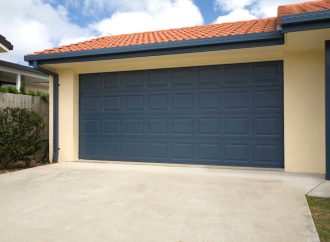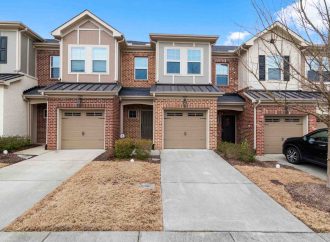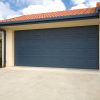Window replacement could be a difficult task due to a wide variety of windows on the market. As a result, it is crucial to know the differences between all the types of windows before choosing one for your home. If you want to know the differences between casement and awning windows, read this write-up further.
Window replacement could be a difficult task due to a wide variety of windows on the market. As a result, it is crucial to know the differences between all the types of windows before choosing one for your home. If you want to know the differences between casement and awning windows, read this write-up further.
Casement Windows
Casement windows are hinged on the side and open outward to the right or left. They are available from one to five-lite configurations. They are designed in a way that the height is greater than the width. Besides, casement windows have one of the best seal technologies and compression. They are highly energy-efficient and meant for large spaces due to their build.
Casement windows are also easy to clean from the inside. And in case of a fire accident or emergency, casement windows can serve as an alternative exit from the building.
Pros of Casement Windows
1. Casement windows come in different designs and styles.
2. They can be customized to meet the architectural design of your home.
3. They are elegant and have a modern finish. If you are giving your home a facelift, casement windows will improve the aesthetics of your home.
4. They enhance the energy efficiency of a home because they are air-tight and do not lose warm air in the winter or cool air in the summer.
5. They are easy to operate and maintain.
Cons of Casement Windows
1. The sizes limit them.
2. They need unobstructed exterior space to open fully.
Awning Windows
Awning windows are hinged at the top and are available from one to three-lite configurations. They are perfect for openings with a greater width than height. They are best suited for small spaces and out-of-reach places. They open from the bottom outward and upward and require unobstructed exterior space to open entirely. The downside of awning windows is that they are difficult to clean from the inside of a home, and that makes them used for the first floor of a building.
Pros of Awning Windows
1. They have a minimal finish that gives them a clean and modern appearance.
2. They are made of energy-efficient glass, which makes them help in saving energy.
3. They can be combined with other types of windows, especially the picture windows.
Cons of Awning Windows
1. They are difficult to clean and maintain.
2. They have limited placement options due to their height and width.
Similarities Between Casement Windows and Awning Windows
1. They are operated with a cranking system.
2. They open outward completely for excellent air ventilation.
3. They are perfect for the living area where an unobstructed view of the outdoors is desired.
4. They are ideal for hard-to-operate areas such as the bathrooms and above the kitchen sink.


















Leave a Comment
You must be logged in to post a comment.